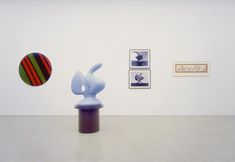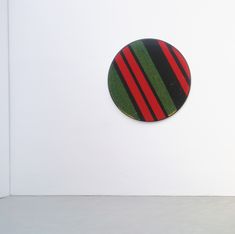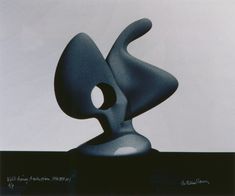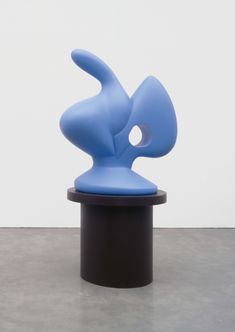Bertrand Lavier
Bertrand Lavier was born in 1949 in Châtillon-sur-Seine, France. He abandoned his studies in horticultural engineering in Versailles, France, to work as an artist. In 1999, he received the Bernhard Heiliger Foundation Award for Sculpture. He was featured in the 47th Biennale di Venezia, Venice in 1997, the 45th in 1993, and the 38th in 1976, and participated in the 18th São Paulo Biennale, São Paulo, Brazil in 1985 and documenta 8, Kassel, Germany in 1987. In 2012, the Centre Georges Pompidou, Paris, France dedicated a retrospective to him. Bertrand Lavier lives in Paris and Aignay-le- Duc, France.
Working with painting, sculpture, and photography, Lavier interrogates criteria of form and aesthetics, art historical conventions, and artistic activity itself. His first work, Peinture blanche sur amplelopsis (1969), two lines of white paint applied directly to a Virginia creeper, heralds the radical dialogue that he would carry out with forms of visual representation of reality, as a painter and sculptor. Thus in Rouge geranium par Duco et Ripolin (1974-83), Lavier explores the relationship between language and pictorial reality by comparing equal color shades produced by different manufacturers. From the 1980s, he painted everyday industrial objects with pastose coats of their original color, causing them to oscillate between object status and painting. And for the Documenta 7, 1982, he covered the windows and heaters in one of the exhibition rooms with acrylic paint.
Parallel to this, from 1984, Lavier intensified Duchamp’s ready-made by placing everyday objects over one
another. This doubling meant that not only the form of the art work was called into question but also its pre-sentation and it led to a disruption of the hierarchy of top and bottom, of pedestal and art work. His sculptu-res Knapp-Monarch sur Solid Industries (1986) and Ikea sur Zanussi (1986) were shown at the Documenta 8 in 1987 and he also carried out an installation in the public space: with its white markings on a specially planted piece of lawn, Composition Verte et Blanche recalled a tennis court. In the series Walt Disney Productions (1985-94), based on a Mickey Mouse comic set in an art museum, Lavier examines internalized clichéd images of modern art. Using technical reproduction methods, he turns the abstract pictures and sculptures shown in the comic into reality, thus taking conceptions about modern art from a popular culture context and humorously reintegrating them into a museum context. (LZ)






